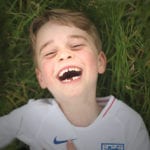 Mysteries
Mysteries  Mysteries
Mysteries  Miscellaneous
Miscellaneous 10 of History’s Most Bell-Ringing Finishing Moves
 History
History 10 Great Escapes That Ended Right Back in Captivity
 Weird Stuff
Weird Stuff 10 Fascinating Things You Might Not Know About Spiders
 Food
Food 10 Everyday Foods You Didn’t Know Were Invented by the U.S. Military
 History
History 10 Odd Things Colonial Americans Kept at Home
 Weird Stuff
Weird Stuff 10 Superstitious Beliefs That Once Consumed Entire Cultures
 History
History 10 Bizarre Friendly Fire Incidents in Military History
 Technology
Technology 10 Modern Technologies That Accidentally Imitate Ancient Magic
 Mysteries
Mysteries 10 Mysteries of the Human Genome
 Mysteries
Mysteries 10 Strange Unexplained Mysteries of 2025
 Miscellaneous
Miscellaneous 10 of History’s Most Bell-Ringing Finishing Moves
 History
History 10 Great Escapes That Ended Right Back in Captivity
Who's Behind Listverse?

Jamie Frater
Head Editor
Jamie founded Listverse due to an insatiable desire to share fascinating, obscure, and bizarre facts. He has been a guest speaker on numerous national radio and television stations and is a five time published author.
More About Us Weird Stuff
Weird Stuff 10 Fascinating Things You Might Not Know About Spiders
 Food
Food 10 Everyday Foods You Didn’t Know Were Invented by the U.S. Military
 History
History 10 Odd Things Colonial Americans Kept at Home
 Weird Stuff
Weird Stuff 10 Superstitious Beliefs That Once Consumed Entire Cultures
 History
History 10 Bizarre Friendly Fire Incidents in Military History
 Technology
Technology 10 Modern Technologies That Accidentally Imitate Ancient Magic
 Mysteries
Mysteries 10 Mysteries of the Human Genome
10 Amazing Ways That Children See The World Differently
Children think differently than adults. They don’t fully understand how the world works yet, so they see things in a completely different light. This, however, doesn’t last long. It’s believed that by around the age of 11, children have most of the mental abilities of adults; they just lack the experience or knowledge to put these new skills into practice.[1]
But in what ways are children different? Do they have to learn or develop everything they need to later survive as an adult, or are they born with some of it? Unsurprisingly, children, in some ways, are worse than adults at performing some tasks. But surprisingly, there are some ways that children are better.
10 Real Or Imaginary?

Children often believe things happened that didn’t, that something they imagined actually did occur. This is because they find it hard to tell the difference between fantasy and reality. In fact, if you were to ask a child to describe an imaginary event and then ask them about it in the future, they’d probably tell you it actually did happen. Also, if you ask a kid a leading question (“How was the pizza you ate yesterday?”) that makes it sound as though something happened that did not, the child will likely go on to explain to you in great detail about whatever it was.
There is a limit to this, however. Although children will often end up believing fantasies they make up themselves, if someone else tells them something that is less than believable, they’re less likely to be convinced. Scientists Jacqueline Woolley and Maliki Ghossainy tested children on their belief of made-up information they had been told and found that the kids were just as likely to doubt what they were told as they were to believe it. They also suggest that the reason children sometimes can’t tell the difference between fantasy and reality is because they don’t understand what they know and how much they know, a skill most people learn as they get older.[2]
9 Object Permanence
If you knew something was hidden directly in front of you, but then someone suddenly moved it to a different spot and hid it there instead, with you watching, you would (hopefully, at least) have no problem finding it. This is obvious; if you watched it happen, how could you not know where the object was?
However, if you were to hide a baby’s toy repeatedly under one blanket directly in front of them, letting them find it after every time you hid it, and then move it under a different blanket right next to the first one, the baby would continue to look under the first blanket despite seeing it was under the other one. The video above demonstrates this, because it’s quite hard to believe if you haven’t seen it. Typically, this only happens until a baby is between ten and 12 months old, and then, seemingly all of a sudden, they no longer have any issues with it.
So why is this? The famous developmental psychologist Jean Piaget, who first noticed this effect, believes this happens because until about ten to 12 months, children don’t understand the concept of “object permanence,” which is knowing an object exists even if you can’t see it. If a baby doesn’t know an object still exists after it vanishes, then all they remember is that in the past, pulling the blanket up has given them a toy.[3]
8 Language

Children seem to be able to pick up languages so quickly, whereas when you’re older, it can take a lot of learning and effort to even be able to hold a simple conversation in a language other than your native one. Also, kids from bilingual families are able to learn two languages at the same time despite no real formal training. When you really think about it, this seems crazy, as it can take years of lessons for an adult to became fluent in a language.
The famous linguist Noam Chomsky suggests you learn this with the help of a LAD, which stands for “language acquisition device,” and not some random person who comes along to help you learn the language. The LAD is a theoretical tool in the brain that allows young children to rapidly learn and acquire language. He showed that as nearly all languages have similar qualities (verbs and nouns, yes/no, etc.), that there must be some common tool linking all language. Chomsky noticed also in his experiments that children seem to understand that nearly all sentences go “subject-verb-object.”[4]
So what happens to the LAD in later life? Its theorized that it gets much weaker after a “critical period,” a short period in early life that is necessary for language acquisition. There is much argument about when this period ends, with some saying it ends as late as 18 years and others only giving it up until nine years old.
7 Conservation

If someone was to pour some water from a wide glass into a tall glass, you would rightfully know that the amount in the tall glass is the same as the amount that was in the wide glass, because no extra water has been added.
Children up until the age of seven, however, seem to lack this, usually judging that the tall glass will have more water even if both glasses hold the exact same amount. This is suggested to be because younger children lack “reversibility.” They lack the understanding that by pouring it from one container to another, the amount of liquid remains the same. It is also suggested that it is because the kids aren’t able to put “height” and “width” together, meaning that they only focus on either height or width and ignore the other.[5]
6 Faces
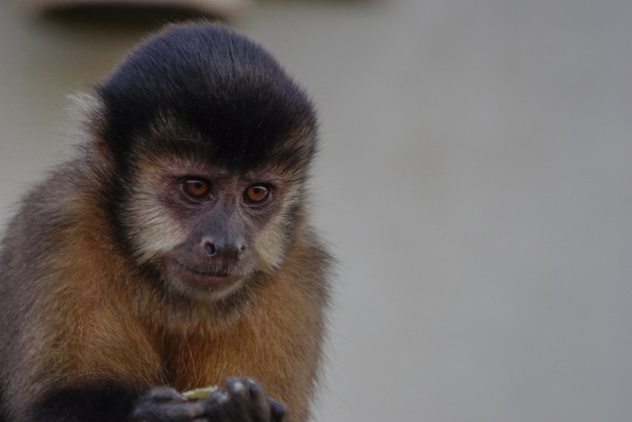
At zoos, you may have noticed that it is quite hard to tell different animals of the same species apart because of how similar they look. This is because your brain isn’t used to having to tell the difference between two different monkeys, for example. But very young infants haven’t had time to let their brain adapt to being able to tell human faces apart, so they’re still open to the different species. This is something psychologists refer to as “perceptual narrowing.”
It was found that infants at six months old could tell if a monkey face they were shown was a new face or one they had been shown before, and this had disappeared by nine months old, at which time the infants were as bad at it as adults. Another study found that at nine months old, infants could, however, tell two monkey faces apart when they were similar but different.[6]
5 Abstract Thinking
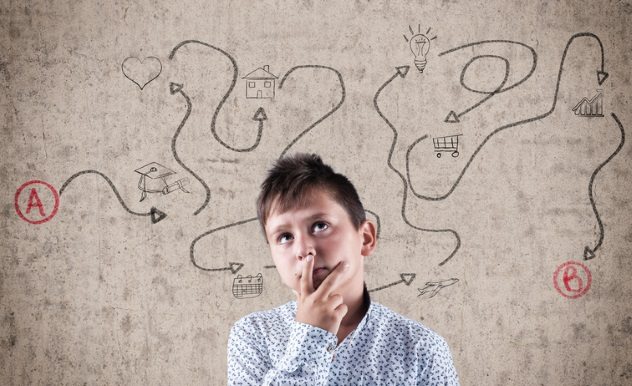
Young children below the age of 11 have their thoughts mostly grounded in concrete reality, being unable to think their way through problems that require them to do things that they can’t see. They’re not very good at abstract reasoning.
When psychologist Rudolph Schaffer asked nine-year-olds where they would place a third eye, all of them said their forehead, a pretty pointless spot, as you already have two eyes facing in that direction. However, 11-year-olds suggested places such as their hands so that they could see around corners. The younger children couldn’t think of this.[7]
4 Drawing What They Know, Not What They See

Most young children draw much worse than adults, which, of course, isn’t their fault; they simply aren’t able to control their hands accurately enough to draw smoothly. But that is not all; developmental psychologists N.H. Freeman and R. Janikoun placed a cup in front of children between the ages of five and nine that the child knew had a handle. The cup was positioned so that they could not see the handle, however, and the kids were asked to draw exactly what they saw.
Strangely, children between the ages of five and seven drew the handle even though they couldn’t see it, but children older than that didn’t draw the handle. This is quite a difference between children and adults. If an adult is asked to draw exactly what they see, they’ll obviously not draw the handle, but children draw it because they know it should be there.[8]
3 Morals
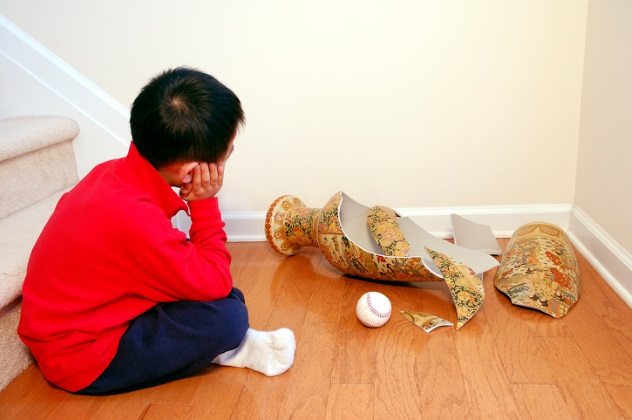
You (hopefully) have quite well-developed morals, where you understand the importance of doing things with good intentions, to follow the law, and so forth. Perhaps you even understand that sometimes, rules should be broken. A child’s moral reasoning, however, is not this complex. In fact, for the youngest children, its believed that their moral beliefs are based simply on avoiding punishment. Their reasoning then develops into knowing that the right way to behave is what is rewarded, until eventually it becomes the moral reasoning that most adults have.
One study showing this involved asking kids what is worse: breaking many glasses accidentally or breaking one while doing something naughty. Obviously, the situation where it was done on purpose is the worse one, but younger children with less developed morals are likely to say that one who breaks many glasses is naughtiest because they did the most of the “naughty” thing.[9]
2 Theory Of Mind
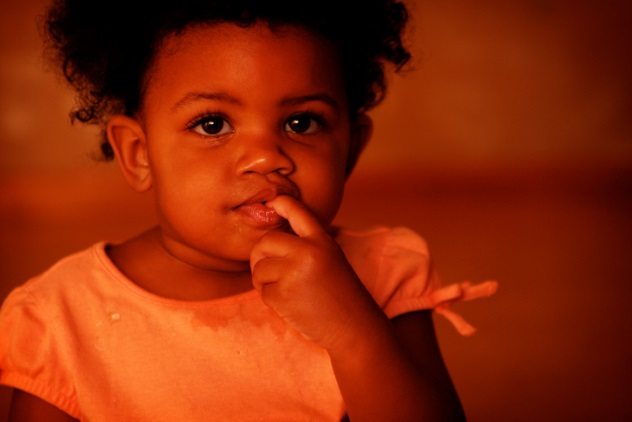
Theory of mind is the understanding that others think differently than you and that not everyone knows what you know. Younger children do not realize this, however, thinking that anything that they know, everybody knows. This has been tested by a group of people, one of whom was Simon Baron-Cohen (cousin of Sacha Baron Cohen, famous actor and comedian). He developed something known as the Sally Anne task.
Simply put, in this experiment, someone leaves a room a child is watching, at which point another person in the room hides a toy in full view of the child. The child is then asked where they think the person who left the room would look for the toy. Young children are likely to say that the person who left would look where it was hidden, even though they would have no idea it is there.[10]
1 Generalization
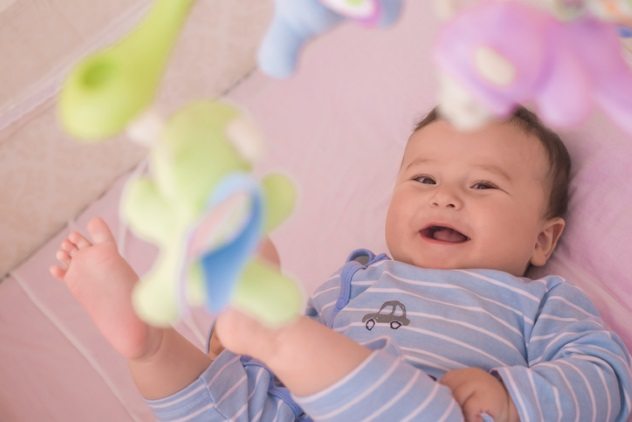
If you attach a young infant’s leg to a baby mobile via a string, it will very quickly learn that it can kick its leg to make the mobile move. The baby will remember the that they can do this if placed in the same crib at a later date. Nothing special about that.
What is interesting, though, is that even the slightest change to the crib the baby is placed in will make it forget they can make the mobile move, even something as simple as putting a different-colored blanket on the side of the crib. This is because an infant does not have the ability to generalize their interactions with the world, so they only remember how to make the mobile move if the conditions are the same.[11]
Read more about child psychology on 10 Ways Scientists Messed With Children’s Minds and 10 Things You Didn’t Know Babies Could Do.







